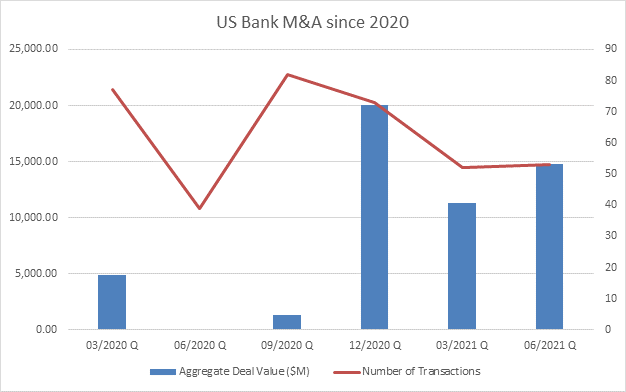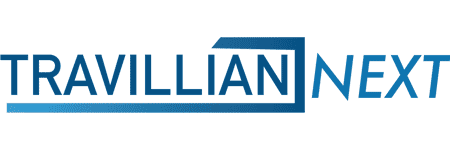This has been a unique year in many ways, and that certainly applies to the upcoming reconstitution of the Russell U.S. Indexes. As we’ve discussed at length in prior updates, there is likely to be a record number of community banks that will be deleted from the Russell Index this year, due to a variety of unusual factors.
Still in the thick of the process, with almost exactly a month to go.
In terms of where we currently stand in the process, May is “ranking” month. Friday, May 7th is what is known as “rank day”, when the market cap threshold for this year’s reconstitution is set. In plain speak, this means that stocks with market capitalizations above the threshold and meeting all other requirements will be added upon reconstitution, while those falling below the cut-off will be deleted. On June 4, the preliminary “add and delete lists” will be released publicly after the market close, with updates to follow on June 11th and then again on June 18th. Reconstitution is “final” after the close on Friday, June 25th, and the newly constituted Russell Indexes begin trading at the open on Monday, June 28th. So as of this writing, we are really in the middle of the most consequential period related to this event, because even though the market cap threshold was established earlier this month, market participants are still speculating as to how it will ultimately shake out.
Volatility potentially still ahead, be aware of programmatic selling.
While it’s difficult to say exactly how things will play out over the next month, we want to be careful not to miss the forest for the trees. Certainly, stock price performance for the stocks in question has been volatile to date, to say the least. The “Russell stocks” sharply underperformed the sector at large in the early part of the year, then staged an impressive recovery beginning in early March, only to set back again later that month and shortly thereafter. From that point until now, these stocks have generally marched higher, but in fits and starts, and often times divorced from share price movements for what we would consider to be comparable peers.
So, is the worst for these stocks behind us or still ahead? Our hunch is that it’s the former, with the caveat that we could still see significant volatility in the weeks ahead. On the one hand, it’s just simply not a debatable point that many of these stocks screen as inexpensive, particularly on a relative basis. That said, those selling these stocks are doing so primarily on a programmatic basis. In other words, computer algorithms are not taking into consideration which stocks are “cheap”, so really, valuation likely is not a driving factor in how these stocks are likely to perform in the coming weeks. Anecdotally though, it does seem as though this topic has received much more attention this year relative to prior years. Investors and the banks themselves (as evidenced by recent share repurchase announcements) are focused on it, and investor sentiment towards the group at large is trending more positively than in the past.
The Russell impact on M&A is significant.
Moreover, we continue to believe we are on the verge of a significant M&A wave. In fact, it’s already started, and we think it is likely to intensify from here. With many of these banks in the size range to be likely targets with or without the Russell dynamic at work, we think the “Russell effect” has actually enhanced the attractiveness of some of these names to potential acquirers. Setting aside the Russell situation for a moment, stocks of larger, more liquid banks have generally moved higher at a faster pace than their smaller brethren. The “Russell stocks” have underperformed both their similarly-sized and larger cohorts, and the “valuation math” is now extremely attractive. Given their premium currencies, larger banks can offer meaningful market premiums to “Russell banks”, setting up a “win-win” scenario for shareholders of both the acquiring and target companies.

So, while the next month or so could be bumpy, these Russell stocks may be primed for outperformance in the months thereafter. Needless to say, it will be interesting to see how it all plays out.
Our search and advisory professionals focus on building long-term, trust-based relationships with Boards, Executives and HR professionals. They assist our clients in the hiring of high quality, hard to find talent and provide full-life cycle consulting in such areas as succession management, leadership development, employee engagement, recruitment strategies and compensation.






